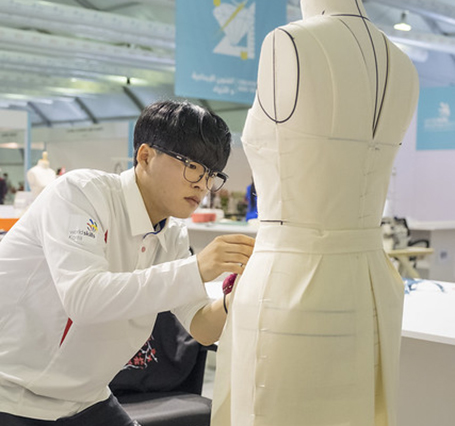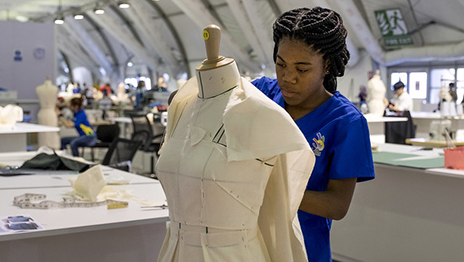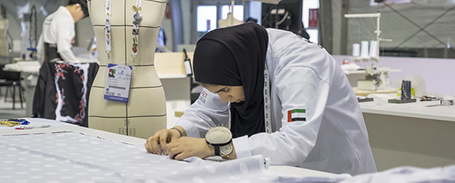Fashion Technology
Fashion technology professionals work with fabrics to cut and create clothes for clients from high-end fashion to high street. Their work may include producing concepts, making sketches by hand or on a computer, developing patterns, overseeing production, and analysing trends in fabrics, colours and shapes.
The design of a garment requires innovation, creativity, and artistic and design talents that incorporate both aesthetics and practicalities. A strong sense of fashion trends and appreciation of fabrics are also core skills of fashion technology. Whether designers are creating prototypes for mass production or unique bespoke garments for a single client they will be expected to know how to source, buy, and store raw materials and fabrics and then translate designs into wearable clothes for any occasion.
Some specialists design expensive one-off pieces, while others work as part of a team to create a whole range of mass-produced fashions, or specialise in particular areas. Employment opportunities will continue to increase, stemming from a growing population demanding more clothing, footwear, and accessories.
Competitors and results

Caiyun Wen
733

Gabriella Louise dos Santos Silva
730

YOU-SYUAN KE
728










